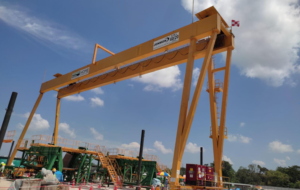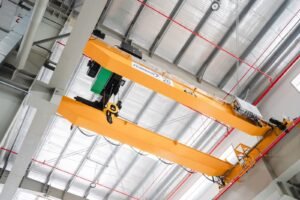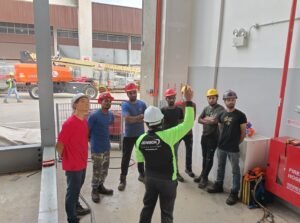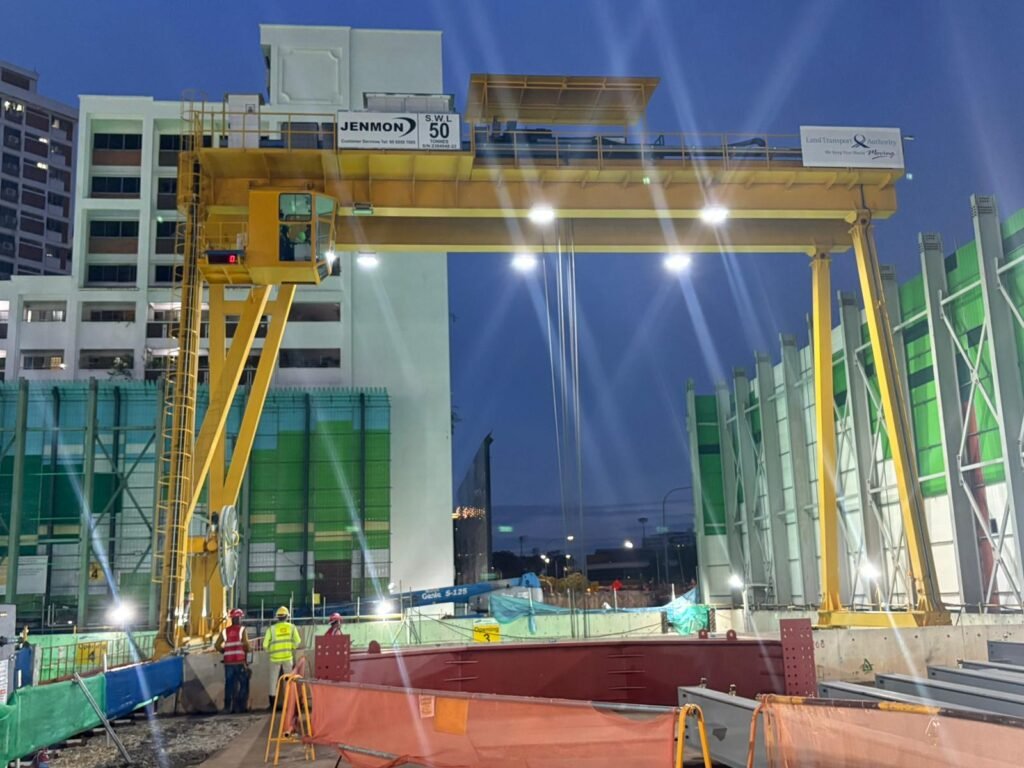Jenmon | Blogs
How Often Should You Schedule Lifting Equipment Inspections?
Frequent lifting equipment inspections are very important for any project. Hoists, cranes and other lifting tools are utilised by multiple industries to facilitate fast and secure material movement. Regular inspections are very important to prevent accidents as well as to avoid problems with safety regulations and expensive breakdowns.
Businesses are also protecting their workers and profits while being productive by keeping equipment in good working conditions. One of the common questions many business owners encounter is determining the right inspection timetable and procedures that meet industry standards and ensure proper functioning of equipment.
Regulations for Lifting Gear Inspections
Safety and dependability of lifting equipment are important priorities, and frequent inspections bear a significant portion of the burden. The Ministry of Manpower (MOM) mandates the routine inspection of all lifting equipment to meet standards of workplace safety. A regular inspection is, in most circumstances, required yearly, but a more frequent schedule may be indicated for equipment being used more constantly or in stressful environments.
All lifting gear and cranes also have to be registered with MOM prior to use. Based on the nature of equipment, it will either be issued an LM (Lifting Machinery) certificate for cranes or an LG (Lifting Gears) certificate for slings, shackles, and other lifting accessories. Registration and renewal should be carried out by Accredited Engineers (AEs) appointed by MOM to verify that the equipment complies with the desired safety standards.
MOM recently added a new regulation where all AEs are mandated to upload maintenance records for cranes. This involves recording routine servicing, any part replacements recommended, and ensuring that such replacements have been done. This extra step ensures a high safety level and transparency in the maintenance process.
Through these inspection and registration requirements, companies can establish a safer working environment while still being compliant with MOM regulations.
Signs It’s Time for an Inspection
1. Visible Wear and Tear
When chains start to exhibit rust, wire ropes begin to unravel, or hooks seem distorted, a prompt inspection is essential. These evident signs of damage often imply deeper problems that could threaten safety.
2. Operational Issues
Devices that struggle to lift normal weights or generate unusual sounds need prompt attention. It’s possible that the crane functions at a more leisurely speed than usual, or the hoist has a delay in reacting to the controls. These performance issues often suggest that something is wrong beneath the surface, and postponing action could lead to bigger problems.
3. Heavy Loads and Extreme Conditions
After handling especially heavy loads or working in harsh conditions, equipment deserves extra attention. Extreme weather, unusual operating conditions, or lifting near maximum capacity can stress components beyond their normal limits. Smart operators schedule inspections after these challenging situations.
4. Regulatory Requirements
MOM regulations require regular certifications and compliance checks. You can expect heavy fines, or worse, enforced shutdowns if you miss these mandatory requirements. As much as possible, you should plan inspections before your certifications expire to help you avoid operational disruptions.
5. Unusual Sounds or Movements
As soon as you notice something strange going on, some unusual sounds or sudden movements, it’s time to inspect your equipment. These could signal prompt attention is needed from qualified inspectors who understand the mechanics of the equipment.
Why Regular Maintenance Matters
Regular maintenance enables equipment to last longer and operate more effectively. They recognise small problems prior to them developing into expensive fixes or dangerous failures. When businesses skip maintenance or inspections to save money or time, they often end up with higher costs for emergency repairs and unexpected downtime. Plus, well-maintained equipment works more efficiently, helping teams get more done safely.
Partner with Jenmon for Professional Inspections
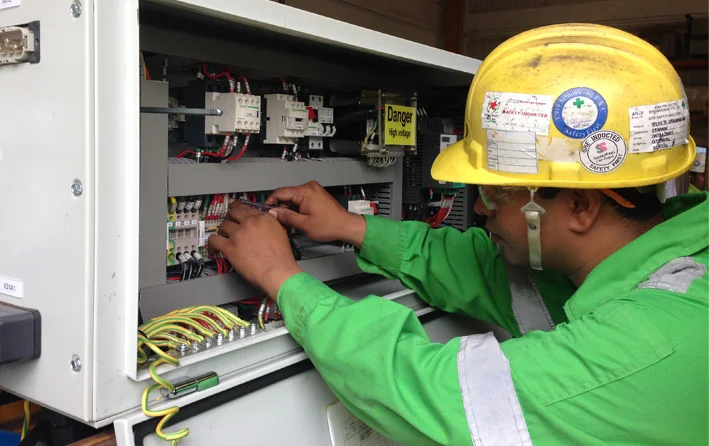
We at Jenmon understand the challenges businesses face in maintaining their lifting equipment. Our team contributes years of engineering knowledge and practical experience to each inspection. We assist businesses throughout Singapore in fulfilling compliance obligations while ensuring their operations run efficiently. Our comprehensive inspection services include:
- Detailed equipment assessments
- Compliance certification
- Maintenance planning
- Safety recommendations
We schedule routine maintenance and check-ups that save our clients significant time, money, and resources. Our prevention programmes help ensure smooth operations throughout your equipment’s lifetime. Working with us means you’ll benefit from:
- Extended equipment lifespan
- Lower maintenance costs
- Reduced injury risks
- Fewer unexpected breakdowns
- Quick defect detection
- Convenient repair scheduling
- Better production planning
- More focused workforce
Final Thoughts
Regular checks of lifting devices protect workers, prevent incidents, and guarantee that companies function smoothly. Don’t wait for problems to emerge – remain proactive with efficient inspection schedules and knowledgeable assessments. Contact Jenmon today to schedule your next inspection and ensure your lifting equipment stays safe and reliable.

